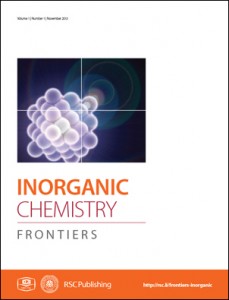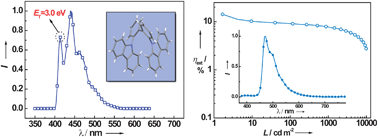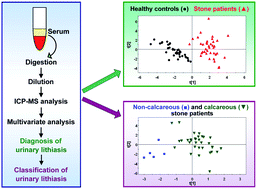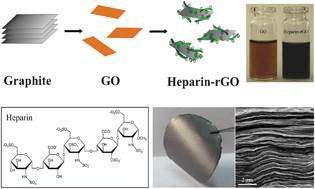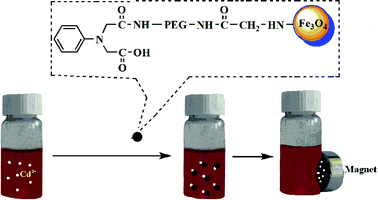We are pleased to announce that Organic Chemistry Frontiers is now open for submissions.
Editor-in-Chief Shengming Ma from Shanghai Institute of Organic Chemistry, Chinese Academy of Sciences (SIOC, CAS), together with his international Editorial team welcome cutting-edge original research work in the field of organic chemistry from China, Asia and the rest of the world.
We aim to become one of the world leading journals in the field of organic chemistry by publishing high level research work on all disciplines of organic chemistry, especially those focusing on new and significantly improved methodologies and protocols.
The first issue of Organic Chemistry Frontiers is expected in the first quarter of 2014. All submissions to the Associate Editors will be handled efficiently and fairly to ensure the high scientific criteria of this journal.
By publishing with Organic Chemistry Frontiers, you will benefit from:
- Rapid publication by a publisher who can be trusted to maintain the highest ethical and production standards
- All content will be free to access until end of 2015, ensuring the highest visibility for your work
- No submission charges or page limits, and free colour
- Open access publishing options
- Simple and user-friendly online submission process
Please visit the home page to find out more about this new exciting journal. Part of the Frontiers project, Organic Chemistry Frontiers is part of a not-for-profit society partnership between the Chinese Chemical Society, the Royal Society of Chemistry and SIOC.
Be a part of this new collaboration – submit your work today.











